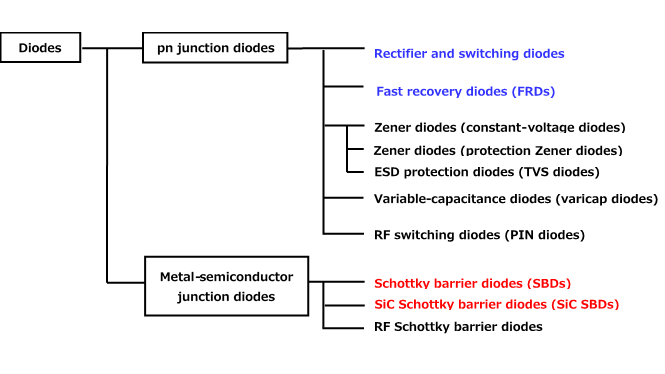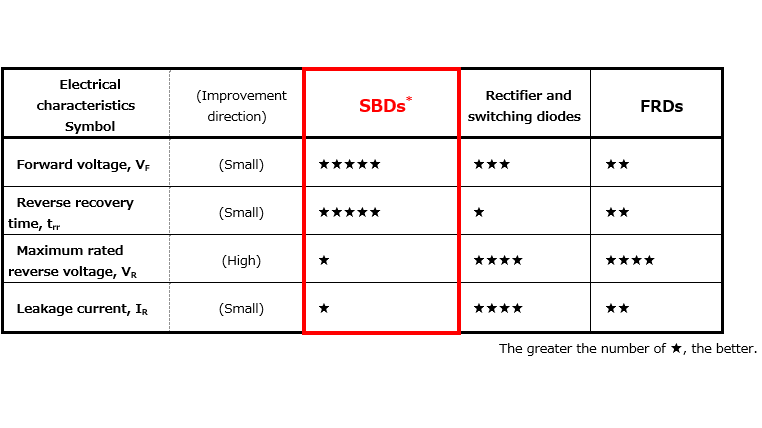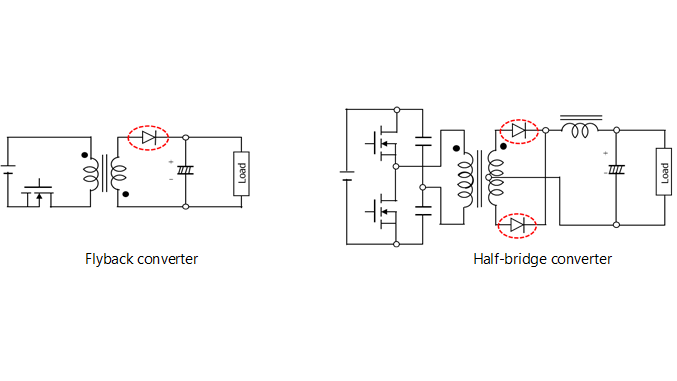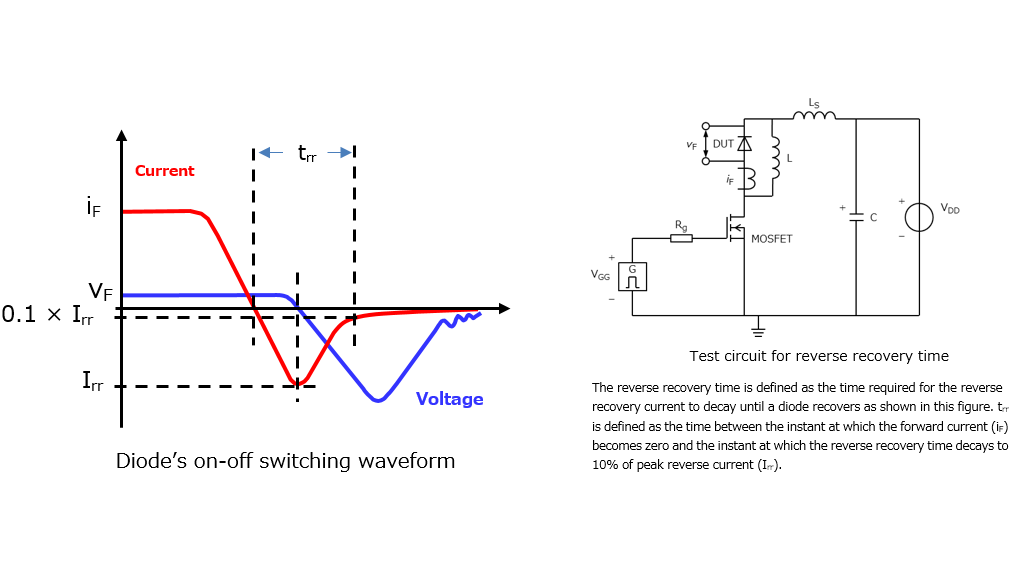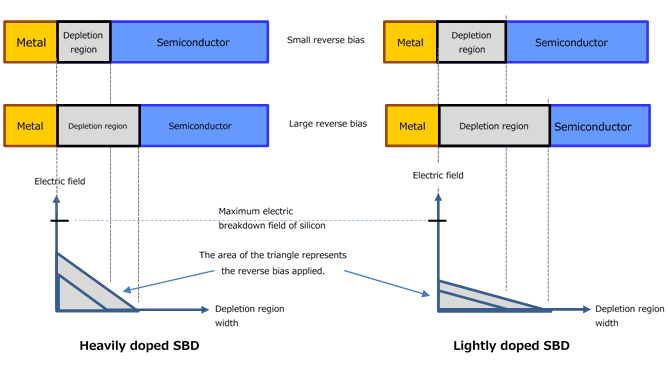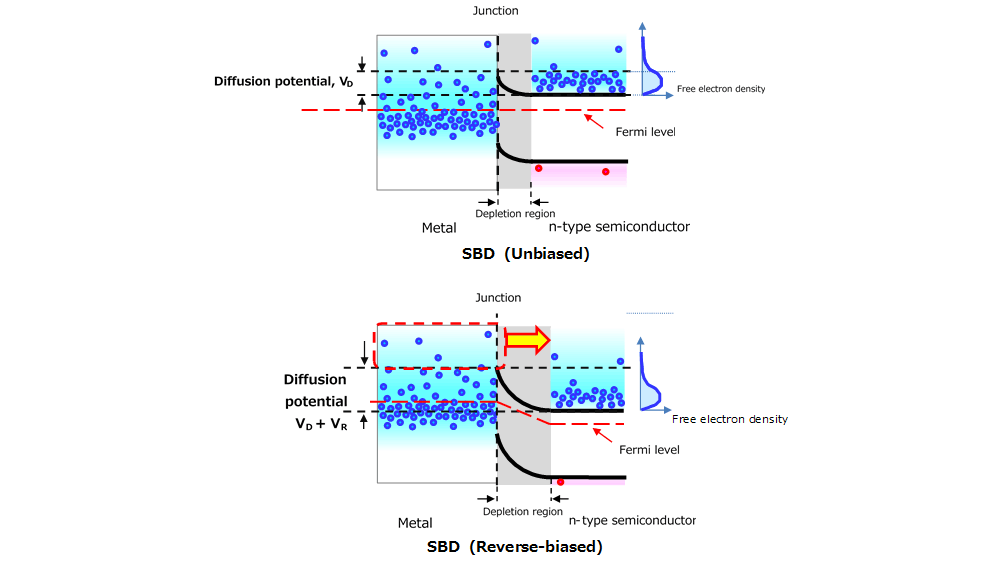- 型号 & 关键词搜索
- 交叉搜索
- 参数搜索
- 库存查询与购买
This webpage doesn't work with Internet Explorer. Please use the latest version of Google Chrome, Microsoft Edge, Mozilla Firefox or Safari.
请输入3个以上字符 Search for multiple part numbers fromhere.
The information presented in this cross reference is based on TOSHIBA's selection criteria and should be treated as a suggestion only. Please carefully review the latest versions of all relevant information on the TOSHIBA products, including without limitation data sheets and validate all operating parameters of the TOSHIBA products to ensure that the suggested TOSHIBA products are truly compatible with your design and application.Please note that this cross reference is based on TOSHIBA's estimate of compatibility with other manufacturers' products, based on other manufacturers' published data, at the time the data was collected.TOSHIBA is not responsible for any incorrect or incomplete information. Information is subject to change at any time without notice.
请输入3个以上字符
3-4. 正向电压
二极管的电流和电压特性由其扩散势垒(扩散电位)决定。正向电压,特别是在小电流区域内,与扩散电位成正比。(如第3.6节所述,大电流区域的正向电压也受串联电阻的影响。)对于pn结,扩散电位等于n型半导体和p型半导体的导带的下边缘之间的电位差。图3-5显示了无偏pn结和金属半导体结。pn结的扩散电位随掺杂剂浓度而变化,但变化不大。相反,金属半导体结的扩散电势取决于与n型半导体链接的金属。一般而言,金属半导体结的扩散电位低于pn结的扩散电位。图3.6显示了不同金属的金属半导体结的VF–IF曲线。
图3-7比较了1SS427开关二极管(VR=80V)和1SS416 SBD(VR=30V)的VF–IF曲线。在相同的正向电压下,SBD提供的正向电流大于开关二极管。





